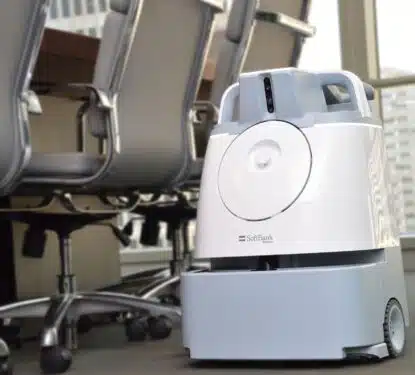Once upon a time, smart buildings were all about energy management. Continuing pressure to cut costs and growing pressure to tackle climate change had converged to drive an energy efficiency revolution in buildings. At the heart of that revolution was smart technology, where sensor networks and big data software processed masses of information about the building and its occupants to find new efficiencies that reduce energy consumption. This information also proved useful for a range of human-centric applications too, and the value of those applications has come to the fore in recent years. Today’s smart buildings strive to be human-centric but shifts in the energy mindset now signal a change from energy efficiency compliance to full-lifecycle net-zero ambition. “In recent years, many companies have worked to cut costs and reduce their environmental footprints. Now, with research showing that the physical risk from climate change will continue to accelerate unless the world achieves net-zero emissions by 2050, no business […]
Most Popular Articles

Neeve’s Edge-Cloud Platform: Key Metrics & Growth 2025
This Research Note examines Neeve, the US startup offering an edge-cloud platform designed to enhance smart building operations by integrating operational technology (OT) systems into secure, connected environments. We highlight its founding as IoTium, before exploring its current offering, deployments, funding and partners, concluding with our view of the business. Neeve Profile Founded in 2015 […]

icetana Secures $3.6M SoftBank Partnership: 2025 Financial Analysis and Growth Strategy
This Research Note examines the Australian listed company, icetana AI, based on its latest financial results year ending 30 June 2025 and its deployments, strategic investments and regional growth opportunities over the past three years. icetana AI Profile Founded in 2009, icetana AI is a small software as a service (SaaS) company specializing in AI-assisted […]

Video Surveillance Market 2025: Ongoing Shift towards Software Drives Growth
The video surveillance industry is undergoing its most significant transformation since the shift from analog to digital. What was once primarily a reactive security tool, cameras recording footage for post-incident review, is evolving into a proactive intelligence infrastructure. The traditional model of video surveillance centered on cameras, on-premise storage and software. That era is coming […]
